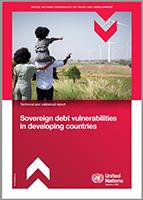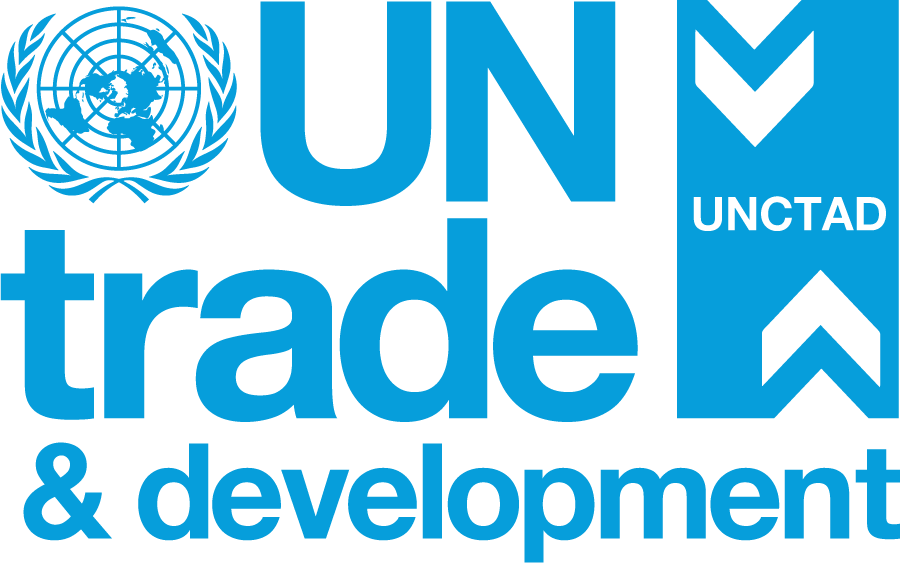
The cascading crises of recent years – the pandemic, the war in Ukraine, a deepening climate crisis, a cost-of-living crisis and escalating geopolitical tensions and conflicts – along with the most aggressive monetary tightening in developed countries since the 1970s have intensified what was already an unsustainable position for many developing countries.
In 2015, the IMF estimated that 16 of the countries eligible for the Poverty Reduction and Growth Trust were in, or at high risk of, debt distress. By 2022, following the COVID 19 pandemic and the war in Ukraine, it had risen to 37 countries and in 2024, 35 countries were similarly classified.
The current debt challenges and consequent development crisis are deeply rooted in the inequities of the hierarchical international monetary and financial system.
A fractured multilateral trade system with increasing asymmetries in trade benefits, speculative price movements and market instability in commodity markets, as well as subordinated positions in global value chains contribute to the difficulties developing countries face in generating export earnings to service their external debt.
Different degrees of integration into the global financial system mean that the international monetary and financial system does not impact all developing countries uniformly.
This report analyses the external vulnerabilities of developing countries based on their profile of global financial integration. Three groups of countries are identified:
- Emerging Market Economies that are mostly upper-middle income developing countries that integrated into international capital markets since the 1990s.
- Frontier Market Economies that are mainly low- or lower-middle income countries that began to access the global market after the Global Financial Crisis of 2008.
- Other Developing Economies that are associated with low degrees of integration into international capital markets and rely mainly on external public financing and official development assistance.
The analysis uses the sovereign debt life cycle as a conceptual device to consider: how debt is incurred; how debt instruments are issued; how debt management is structured; how debt sustainability is tracked; and the options for debt workout.
The arguments are organized as follows:
- Section II summarizes the conceptual approach.
- Section III addresses the differential access of the three profiles of developing countries to external finance and their consequences for external sovereign debt vulnerability in the medium and long terms (i.e. external solvency).
- Section IV explores the ways in which the three different profiles experience debt servicing and resilience.
- Section V presents transformational proposals.


